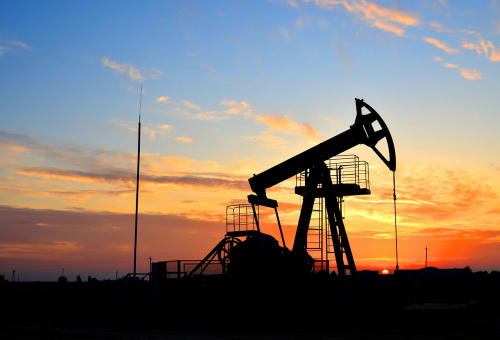

Summary
- With investors reducing their net long oil positions to multi-year lows, one of 2023’s biggest surprises would be a surge in the black gold.
- We see three drivers of a potential surge: limited production gains; rising demand; historic trading ranges.
This article is only available to Macro Hive subscribers. Sign-up to receive world-class macro analysis with a daily curated newsletter, podcast, original content from award-winning researchers, cross market strategy, equity insights, trade ideas, crypto flow frameworks, academic paper summaries, explanation and analysis of market-moving events, community investor chat room, and more.
Summary
- With investors reducing their net long oil positions to multi-year lows, one of 2023’s biggest surprises would be a surge in the black gold.
- We see three drivers of a potential surge: limited production gains; rising demand; historic trading ranges.
Market Implications
- We think the risks are a ‘surprise’ move towards $100bbl or even $120bbl. And this could prove problematic for both policymakers and investors.
No one is expecting much in oil markets in 2023. The consensus of analysts is for (Brent) oil prices to end the year unchanged from current levels of around $85 USD/bbl. A year ago, they were expecting a 17% drop – oil ended up surging to $120 in the first half of 2022. Could the same thing happen this year?
Already, investors have reduced their net long oil positions to the smallest size since late 2015. It appears, then, that the biggest shock of 2023 could be an oil price surge. Not only would it surprise the market – it would wreak havoc on inflation forecasts and put central bankers in a bind. We think there are three good reasons for oil to reach $100 or even $120 this year.
Limited Production Gains
Oil production surged in 2022, but further production gains in 2023 will be a struggle. Global crude oil production averaged c.82mn barrels a day (mbpd) between 2015 and 2019 – which captures the shale production boom and a ‘normal’ global economy. In 2020, oil production fell to 76mbpd – this was 7% below the average. 2021 was little better. Production only increased to 77mbpd.
But last year, production surged to almost 81mn – a jump of 4.5% from 2021 levels and only 1% below 2015-2019 levels.
So which countries are producing less than before?
- Venezuela (1.8mbpdless than 2019)
- Iran (1.2mbpd less)
- Nigeria (1.1mbpd less)
- Mexico (0.9mbpd less)
- Russia (0.6mbpd less)
Many of these countries are sanctioned, so the easy gains in production happened in 2022, and it will be harder to see meaningful gains in 2023.
Demand Will Likely Rise This Year
Oil demand should pick up in 2023. US oil consumption is 1% below 2019 levels, European consumption is 4% below, and Japanese consumption is 12% below. Meanwhile, China oil imports are 5% below their 2020 peak and 13% below their pre-COVID trend. Indian imports are higher than in 2019, but they are 4% below their pre-COVID trend.
Therefore, assuming some continued normalisation in oil demand in developed economies and a rebound in China growth, oil demand should be higher in 2023 than in 2022.
Trading Ranges Imply a Large Move
The typical annual range in oil prices is 50% (of the average price) – that means it would be ‘normal’ to see either $42 or $117 trade this year.
When looking at oil prices since 2000 – that is, since the rise of China – the average annual range of oil prices has been 51%. The biggest range year was 115% in 2020, and the smallest was 19% in 2013. In 2022, it was 54%.
For 2023, we would err on the side of larger ranges thanks to potential large swings in demand (China re-opening or US hard landing) and continued geopolitical risks (Russia). In any case, expectations that oil could bumble along current levels are likely mispriced.
To Sum Up…
Overall, the consensus is for a benign year for oil prices, but the fundamentals suggest otherwise. We think the risks are a ‘surprise’ move towards $100bbl or even $120bbl. And this could prove problematic for both policymakers and investors.
Bilal Hafeez is the CEO and Editor of Macro Hive. He spent over twenty years doing research at big banks – JPMorgan, Deutsche Bank, and Nomura, where he had various “Global Head” roles and did FX, rates and cross-markets research.
